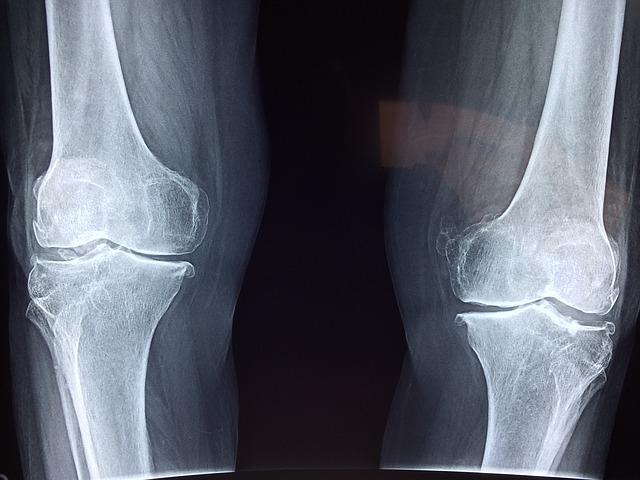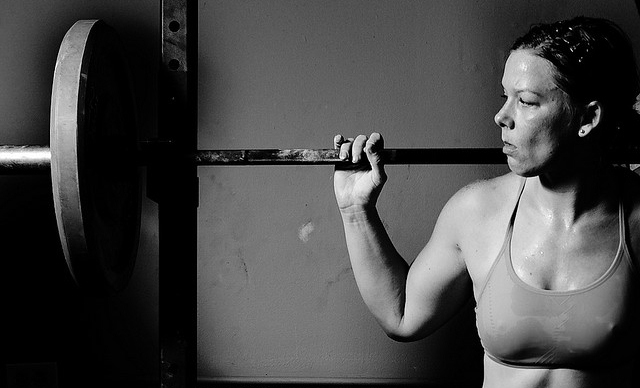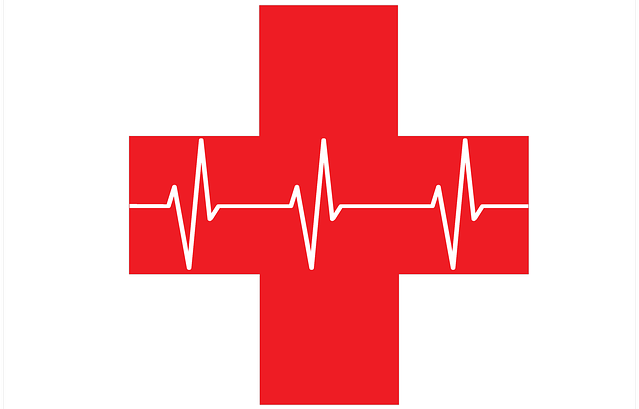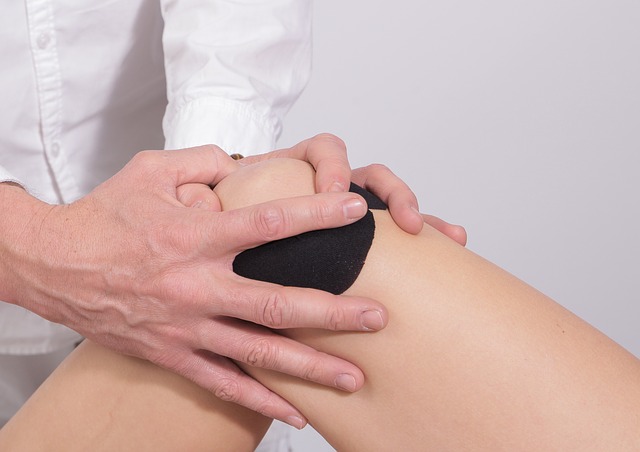If you’re a runner, then you know just how important it is to focus on strength training. Not only can strength training improve your performance, but it can also help prevent injuries.
Today we’ll discuss strength exercises for patellofemoral pain syndrome (PFPS). Patellofemoral pain syndrome is a common injury among runners (it’s also known as “runner’s knee”), so it’s important to be aware of the contributing factors and how to rehab and prevent it.
And if you’re a runner who’s regularly injured, we have to both treat your current injury and design better training so that you’re not getting injured so frequently.
Sign up here and you’ll learn how to prioritize injury prevention, get stronger, and stay healthy.
Let’s get started with how to treat patellofemoral pain syndrome!
What is Patellofemoral Pain Syndrome?
Patellofemoral pain syndrome, more commonly known as runner’s knee, is a condition that causes pain around the kneecap. The exact cause of patellofemoral pain syndrome is unknown, but it is thought to be related to overuse or repetitive stress on the joint.
The condition can occur in both runners and non-runners, but is more common in people who participate in high-impact activities such as running or jumping.
Common symptoms of patellofemoral pain syndrome include:
- pain around the kneecap
- pain that is aggravated when walking up or down stairs
- clicking or grinding sensations around the kneecap
While patellofemoral pain syndrome can be painful, it is usually not a serious condition and can be treated with the right approach.
What Causes Patellofemoral Pain Syndrome?

When it comes to running, many things can go wrong. Patellofemoral pain syndrome is just one of the many potential running injuries that runners may face.
There are a number of factors that can contribute to developing this injury:
- weakness in the quadriceps and hip muscles
- general muscle tightness, leading to poor mobility
- poor running form
- training load and program structure (i.e., too much load, too soon before you’re ready for it)
However, the good news is that there are a number of things that you can do to help prevent this condition from developing and also to correct the problem when it occurs.
Patellofemoral Pain Syndrome Treatment

The first goal with patellofemoral pain syndrome is to reduce the pain and tenderness. Only then can you start to load the knee joint without aggravating the injury and delaying your recovery.
This can be a fine balance sometimes, making sure that we are still getting in enough training for our running goals, whilst also incorporating the right rehab strategy to settle the discomfort down without loading the knee too much.
Helpful strategies include:
- activity modification
- taking an ice bath
- getting your your nutrition, hydration, and sleep dialed in
By starting a more aggressive treatment approach right away, you can help speed up the recovery process in the early stages of the injury.
You can also download this free ebook that highlights the prevention and recovery strategies of 9 pro athletes!
PFPS Exercises (Low Load)
Once you’re not experiencing substantial pain, we can begin patellofemoral pain syndrome treatment with relatively easy, “low load” exercises.
Here are some great strength exercises for the early stages of rehab:
Straight leg raise
Many people think that the only way to work their quads is by doing squats or leg presses at the gym. However, there are a variety of exercises that can target this muscle group. The straight leg raise is one such exercise. The beauty of this exercise is that it allows us to target the quadriceps and hip flexors without overly loading the patellofemoral joint.
Here’s how to do it: Lie on your back on the floor with your legs straight out in front of you. Bend one knee and bring your foot up toward your butt, keeping your other leg straight.
Slowly raise your straight leg up into the air, keeping your ankle, knee, and hip in alignment. Squeeze your quadriceps as you raise your leg, and hold for a count of two. Lower your leg back to the starting position and repeat.
Do 10-15 repetitions on each leg. You can make this exercise more challenging by adding a resistance band around your ankles.
Banded crab walks
Crab walking is often recommended as part of a patellofemoral pain syndrome rehabilitation program. The idea is that crab-walking can help to strengthen and activate the glutes, which in turn can help to reduce pain in the patellofemoral joint. But how exactly do you perform a crab walk?
Here’s how to do it: Start in a standing position with your feet hip-width apart. Place a resistance band around your ankles. Bend your knees and lower your hips into a slight squatting position. Step to the side, pulling against the resistance band. Repeat for 10 steps or so, then head back in the opposite direction. You should start to feel your glutes firing pretty quickly with this exercise.
Crab walks are one of many great resistance loop band exercises and can be done just about anywhere.
Moderate Load Exercises for PFPS
Once the pain and discomfort from your patellofemoral pain syndrome has settled, and you have begun to improve the activation of your quads and glutes, then it’s time to step it up a little and begin to add more load.
Leg Extensions
If you’re looking to strengthen your quadriceps to improve patellofemoral pain syndrome, leg extensions are a great exercise to add to your routine. This simple exercise is great because it isolates your quads like no other exercise does. And let’s face it, most of us could stand to improve our leg extension game!
While this exercise is self-explanatory if you have access to a leg extension machine at the gym, here is another way to do it if you don’t have access to this equipment, using a heavy resistance band.
Attach one end of the band to a sturdy object, such as a table leg. Wrap the other end around your ankle. Whilst seated, slowly straighten your leg until your thigh is parallel to the ground. Hold this position for 5 seconds and then return to the starting position.
Start slowly with this exercise and increase the reps and sets as needed. In no time, you’ll be on your way to stronger quads and relief from patellofemoral pain syndrome.
Decline Board Tempo Squats
There are heaps of different ways to perform squats to build strength. One of my favorites is to use a decline board to do tempo squats and work on your quads and glutes. It’s a great exercise for people who deal with patellofemoral pain syndrome because it focuses a lot of load on your quads, and it can really help to improve your overall strength and function.
Here’s how to do it: Start by setting the decline board at a moderate angle (you can also use any other object to elevate your heels, like a bumper plate at the gym or even a book or rolled-up towel at home). Place your feet shoulder-width apart so that your heels are elevated on the decline board.
From there, lower yourself down nice and slowly into a squatting position, making sure to keep your weight in your heels. I like to use a 5/5/5 tempo – 5 seconds to lower down, 5-second hold at the bottom of the squat, and 5 seconds to come back up. You should feel a nice burn in your quads and glutes when you do this exercise correctly.
Remember to keep good form throughout the movement, and if you experience an increase in your patellofemoral symptoms then stop and try something else. With regular practice, you’ll be able to strengthen the muscles around your knees and improve your overall patellofemoral pain syndrome.
High Load PFPS Exercises
Now that you are almost symptom-free, it’s time to really load up and improve your strength for good. If you’re looking for some more advanced exercises to add to your routine, here are a couple of my favorites.
Back Squats
Barbell back squats are an excellent way to strengthen the quadriceps and glutes, which can help to improve patellofemoral pain syndrome. The key is to maintain good form throughout the exercise.
Start by positioning the barbell on your shoulders, with your feet hip-width apart. Slowly lower yourself into a squatting position, making sure to keep your knees behind your toes. As you descend, focus on keeping your chest up and your core engaged. Once you reach the bottom of the squat, pause for a moment before driving back up to the starting position. Remember to exhale as you drive up, and inhale as you lower yourself down.
As we’ve talked about, we want to really improve our strength – that means lifting heavy. Find a weight where you can only perform 5-8 repetitions before getting close to failure – this will ensure that we truly improve our strength. As always, monitor your knee pain symptoms and adjust the exercise accordingly.
This exercises is featured prominently in our flagship weightlifting program High Performance Lifting.
Bulgarian Split Squats
The Bulgarian split squat is an excellent exercise for runners who are struggling with patellofemoral pain syndrome.
To perform the exercise, start by standing in a split stance with your front foot on the floor and your back foot on a bench or chair behind you. Bend your front knee and lower your body until your rear knee nearly touches the ground. Keep your weight on your front foot as you drive back up to the starting position.
You can also hold dumbbells in each hand to increase the intensity of the exercise. Give it a try and see how it can help to improve your running!
Prevention Is Better Than Cure

No matter how strong you are, if you don’t have the right training, you’re not going to perform well. It’s like trying to build a house without a foundation – eventually, it’s just going to collapse.
That’s why it’s so important to have a well-structured training program that takes into account your goals, your abilities, and your limitations. Only then can you hope to see the results you want.
Don’t miss these resources:
And if you want to keep those results, you need to be diligent about injury prevention. A good injury prevention program will help you stay healthy and keep your gains, so that you can keep smashing your goals for years to come.
***
This article was written by Dane Ford, the founder of Lift Physiotherapy and Performance in Sydney, Australia. Lift Physio aims to help you overcome injury, optimize your health, and unlock your full movement potential.
